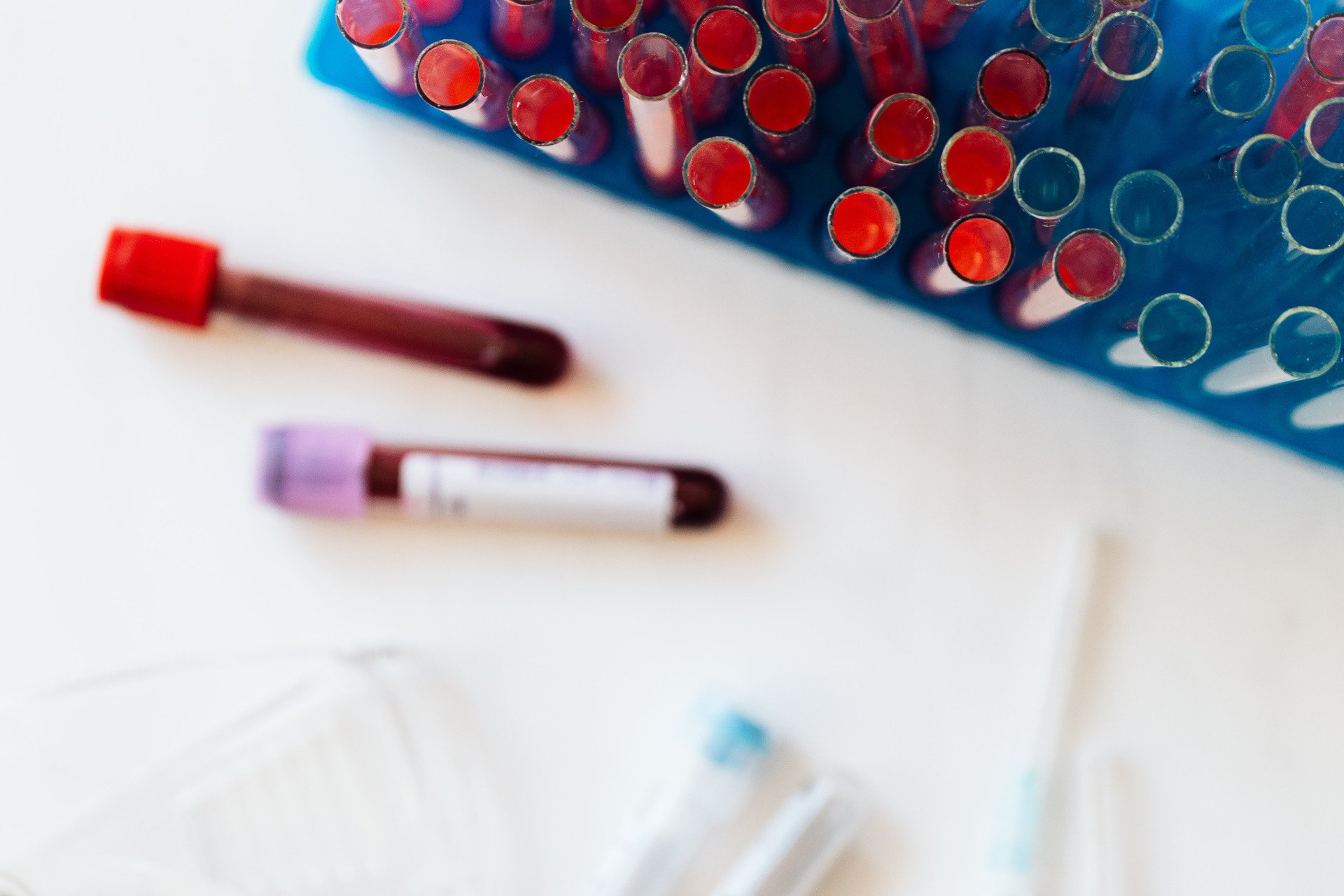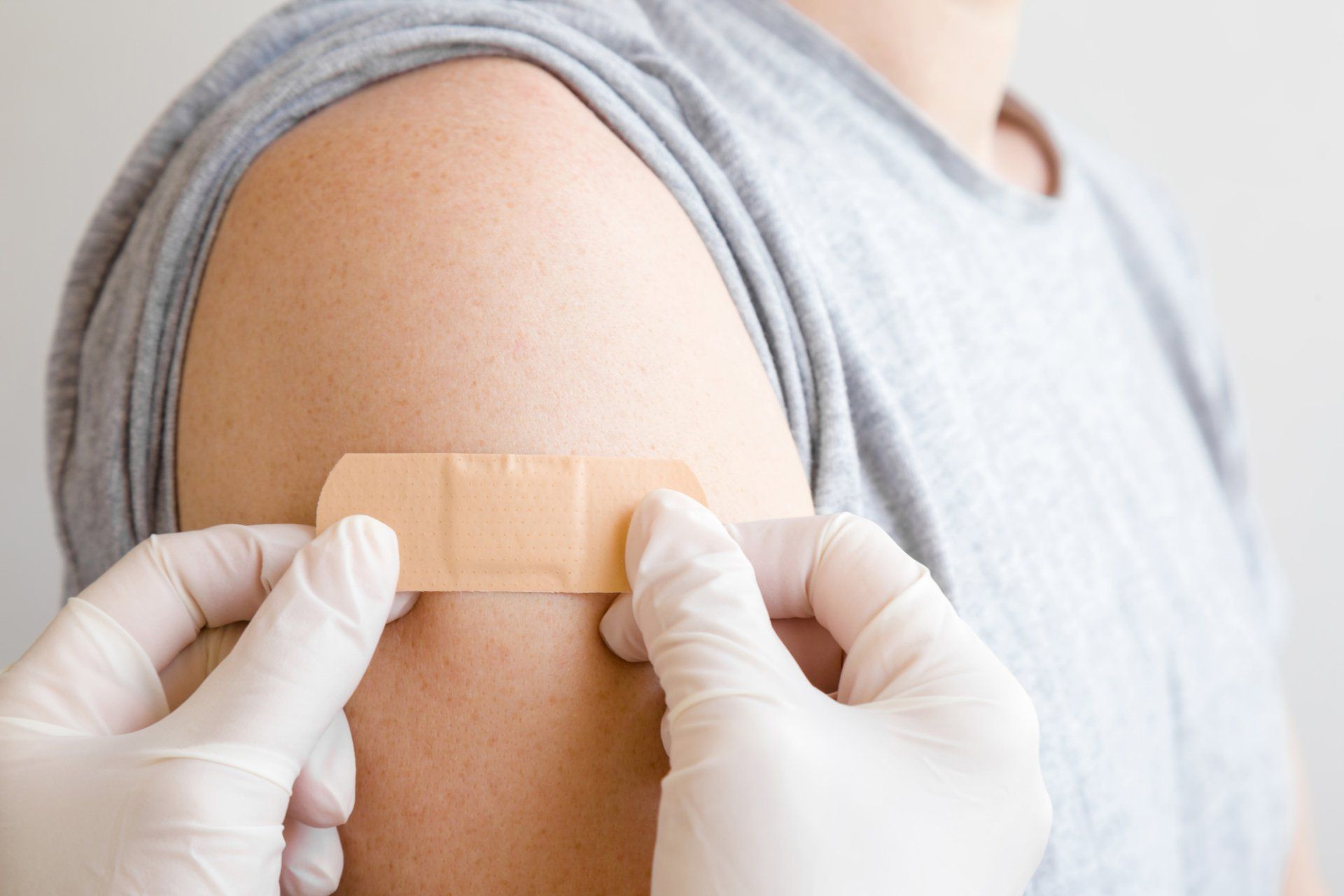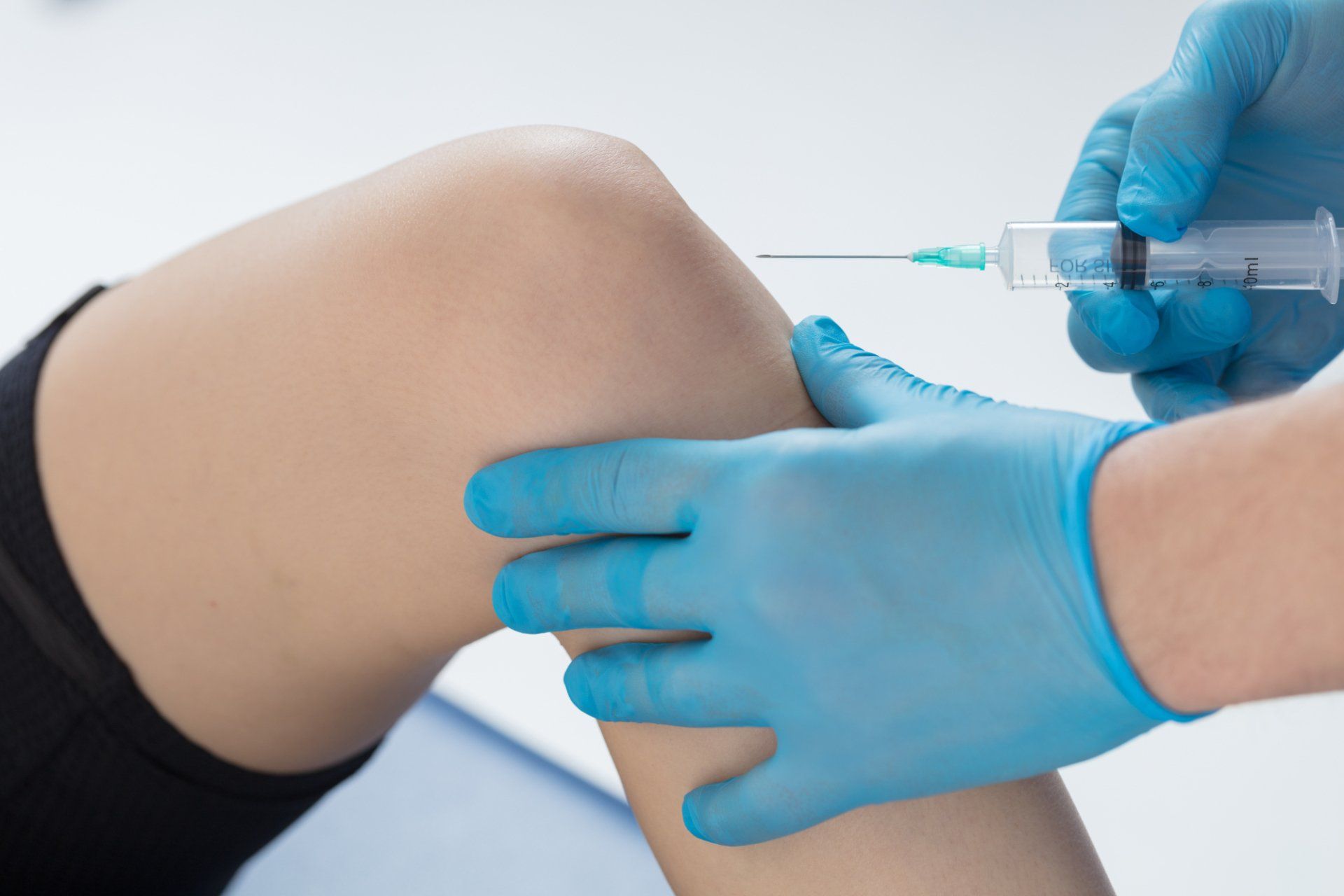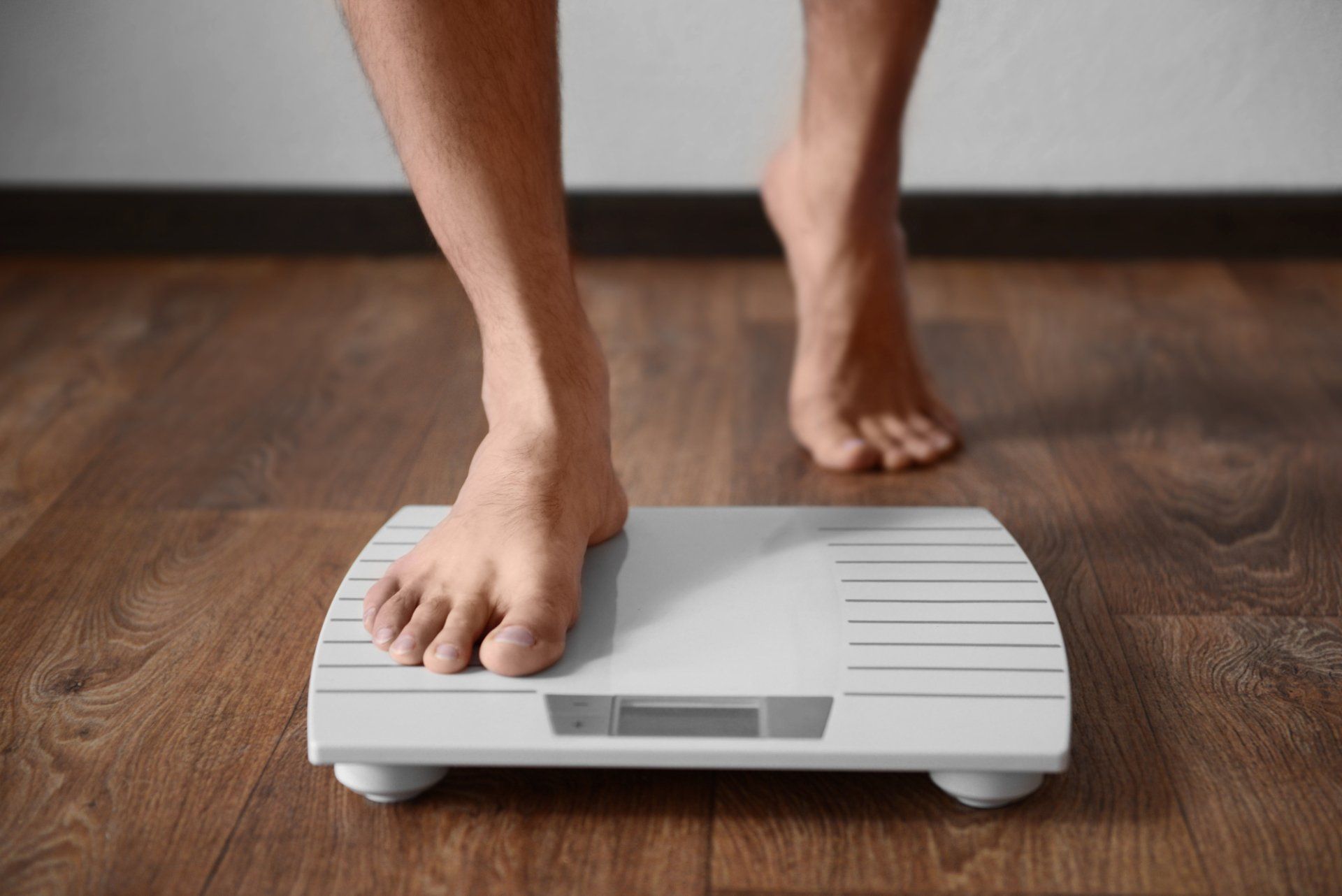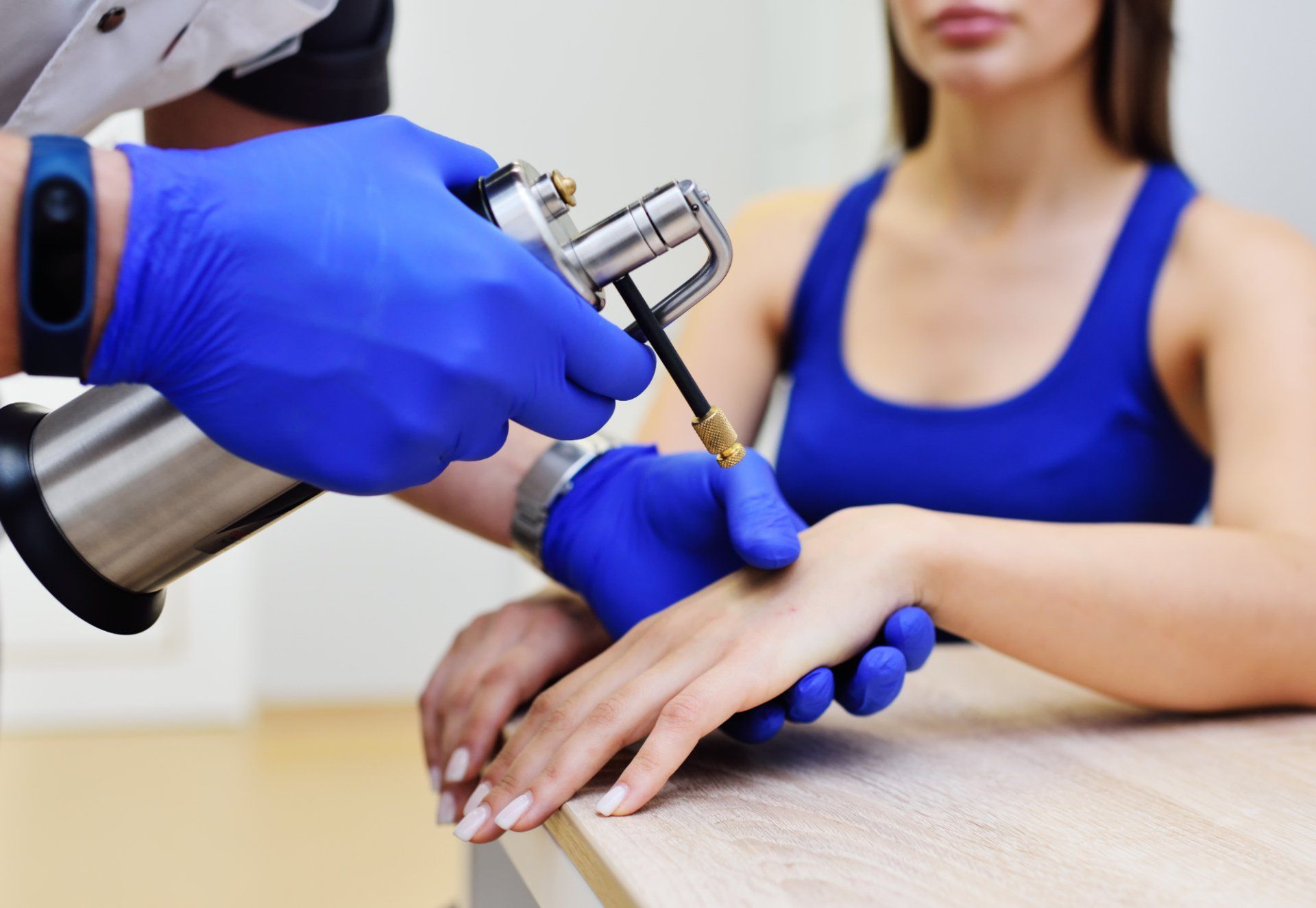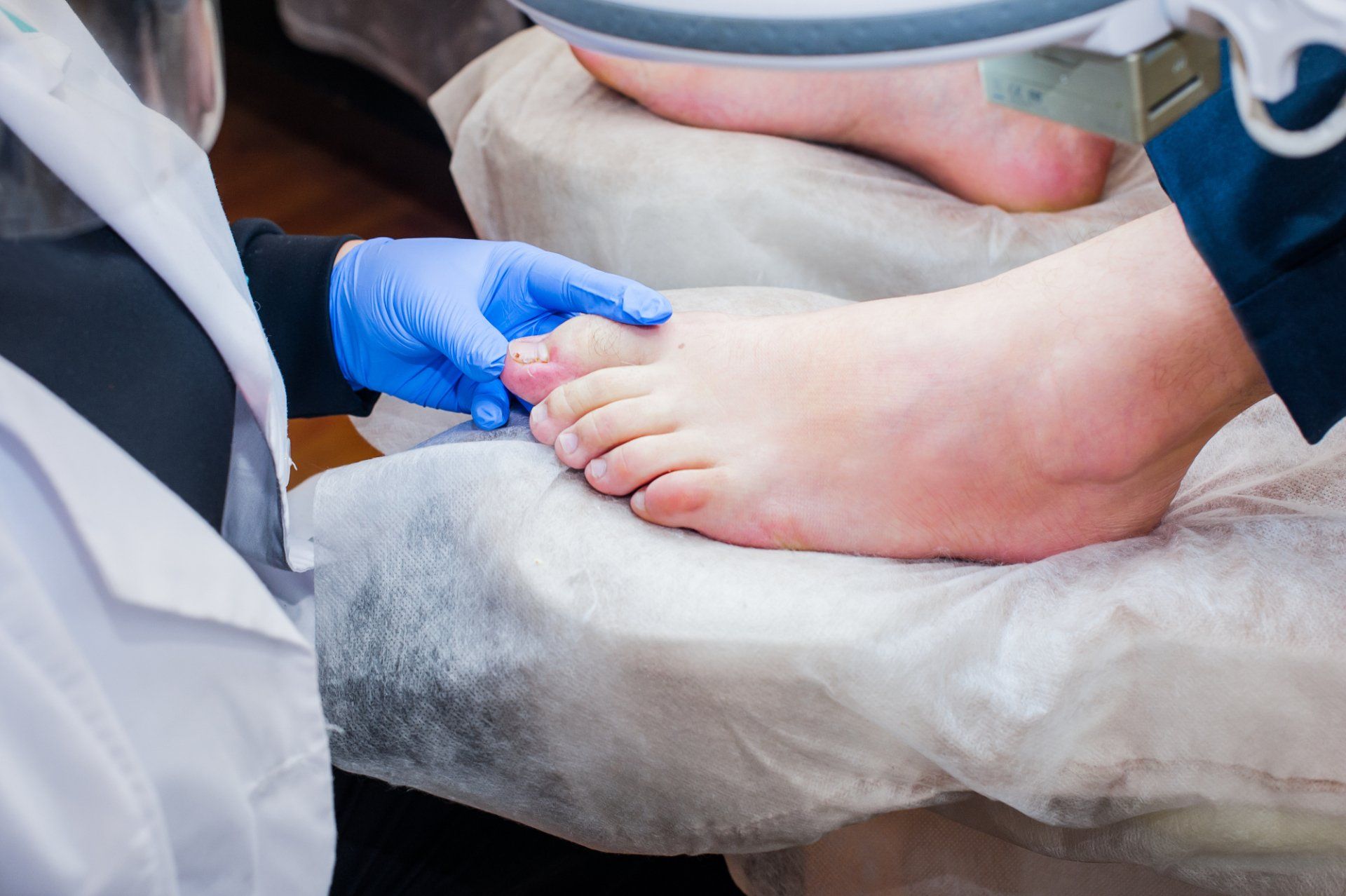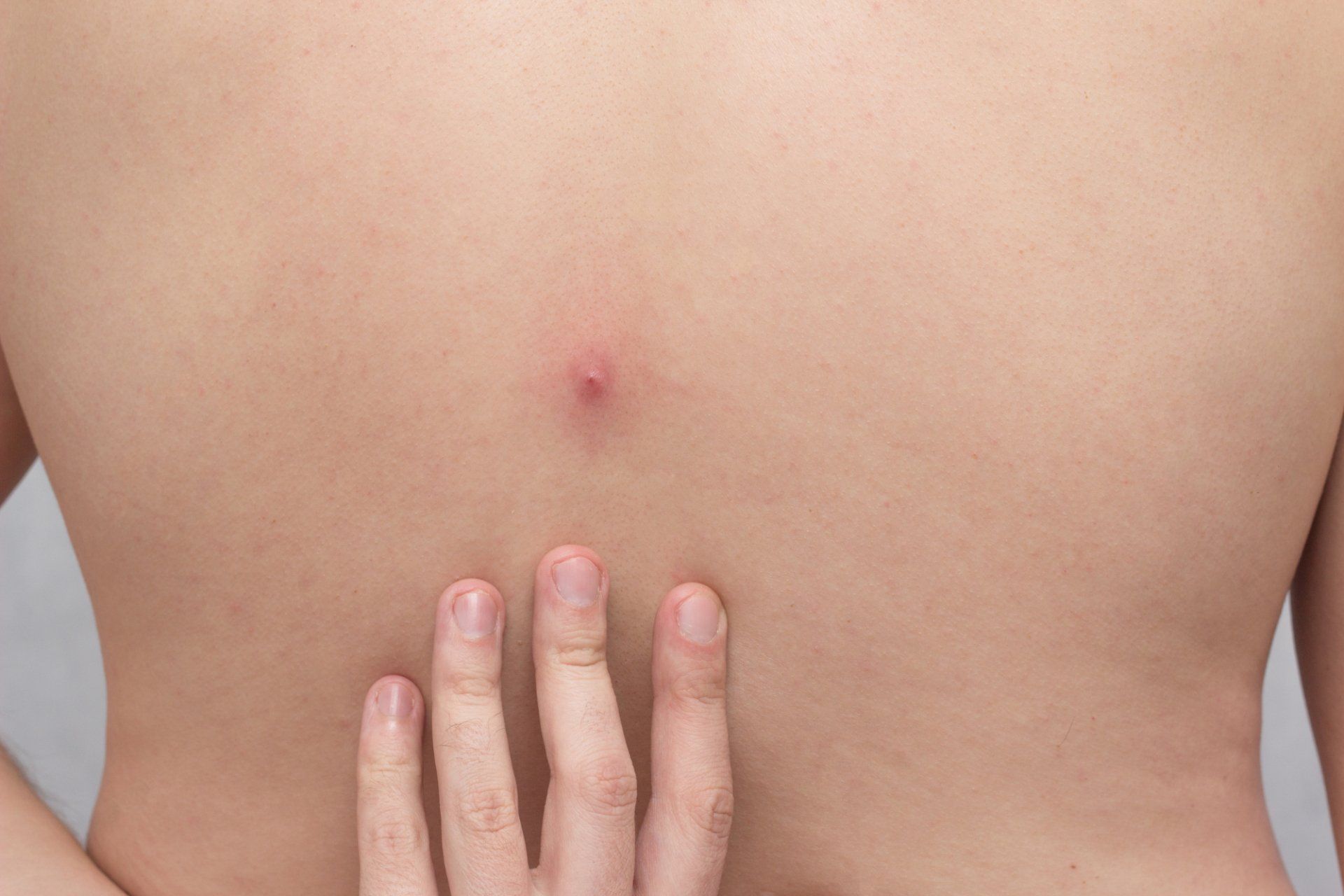Our Services
High-quality primary care for patients of all ages
Labs (phlebotomy)
A phlebotomy is the process of drawing blood from the vein, which is usually done in the arm. We perform phlebotomies as prescribed by your primary care physician to enable necessary laboratory analysis and medical testing. Most of the time, there’s nothing you need to do to prepare for your blood drawing procedure. However, some blood tests may require you to fast 8 to 12 hours before getting your blood drawn. We encourage you to follow your doctor’s instructions carefully to ensure the most accurate results from your blood sample.
Immunizations
Immunizations are one of the most powerful tools we have in modern medicine for protecting the health of our families and communities. We offer and administer all immunizations listed (including COVID-19) under the CDC’s recommended schedule for both children and adults. If you would like to schedule a vaccination, or are unclear about your vaccine eligibility, we can help. To book an appointment, you can call our office or contact us online.
Joint Injections
If you are suffering from intense or persistent pain in your knee, hip, and shoulder, then a joint injection procedure may be your best option for immediate and long term relief. A joint injection is a combination of anesthetic and cortisone medication (a type of steroid) that is delivered directly into the problem joint. The anesthetic works quickly to soothe the pain immediately, while the cortisone lessens the inflammation and swelling in the treated area. The result is significantly reduced pain and restored mobility for long lasting relief.
Annual Medicare Wellness Visits
Family Medicine Physicians offers annual Medicare wellness visits for our senior citizen patients. Unlike a physical exam, a wellness visit focuses on prevention and helping you maintain your good health. During your wellness visit, you can expect the following: an assessment of any current health risks you may have; a review of your family and medical history (including your current medical providers and any prescription medications); the documenting of your vital statistics such as your height and weight; an evaluation your cognitive condition; personalized health counseling; and the creation of a recommended schedule for preventative tests.
Weight Loss Management
We provide personalized medical weight loss management to help you achieve your weight loss goals safely and effectively. Here at Family Medicine Physicians, we stress the importance of diet and nutrition in building the foundation for a healthy body and mind. Our customized program includes diet counseling to help you plan healthful meals, supplementary medications to address the medical causes for weight gain, nutritional supplements to fill any nutrient gaps or deficiencies in your diet, and referrals to physical therapy clinics if necessary.
Laceration Repair
A laceration injury is defined as a deep cut through the skin resulting in the soft tearing of the body’s tissue underneath. This is more serious than a simple cut or scrape because the injury goes deeper into the body. While these types of wounds are generally not life-threatening, immediate treatment is necessary to prevent infections, complications, scarring, and possible disfigurement. If you or a loved one has suffered a laceration, don’t delay in seeking medical attention. Please call our medical office right away so we can close and repair your laceration injury as soon as possible. We strongly recommend that you follow all wound care instructions and attend follow up visits to ensure proper wound healing and minimal scarring.
Cryotherapy
Cryotherapy is a simple, quick, and safe procedure that uses liquid nitrogen to freeze and remove abnormal skin lesions. Nitrogen is applied at subfreezing temperatures on the lesion, which creates a kind of “localized frostbite” on your skin. This kills the abnormal cells, and allows the body to generate new cells to heal the treated area. Cryotherapy is an excellent treatment option for the removal of many types of skin abnormalities, such as warts, skin tags, moles, actinic keratosis (precancerous lesions), and more. The treatment is minimally invasive with a generally quick recovery time. For best results, please follow the post-procedure care instructions and inform your physician if your skin has not completely healed in one month.
Ingrown Toenail Removal
An ingrown toenail is a fairly common foot condition that occurs when the side or edge of the toenail abnormally grows into the flesh of the toe. Indicators of this disorder include redness, swelling, pain, and occasionally infection in the affected toe. There are several possible causes for the development of an ingrown toenail, which include injury, too-tight shoes, and improper trimming of the nail. While mild cases of ingrown toenails can be successfully treated at home, more severe cases can only be resolved by surgical removal of the affected nail. Ingrown toenail removal may be the best treatment option for you if your symptoms have not improved or have gotten worse despite dedicated home care, and the pain is intense enough to interfere with your mobility and daily activities.
Incision & Drainage of Abscesses
A skin abscess can be a painful affliction, and perhaps disfiguring if it is located on a visibly prominent area on the body. It often appears as a swollen lump filled with fluid under the skin, and may be sensitive to the touch. The process of abscess formation occurs when bacteria, fungi, or some other harmful organism enters your body through a cut or open wound on the skin. The body produces white blood cells to attack the infection at the wound site, causing some surrounding tissue in the area to die off. This creates a hole or space under the skin, which then fills up with pus (a liquid mixture of dead tissue, white blood cells, and bacteria or other pathogens) to create an abscess. Small or minor abscesses generally don’t need treatment and should eventually heal on their own. However, large abscesses will need to be cut and drained, then treated with antibiotics in order to heal. You should seek immediate medical attention if you
are experiencing the following: the sore is 1 cm or half an inch in diameter or larger, the sore continues to grow or become more inflamed, more sores appear, and if you come down with a fever.

